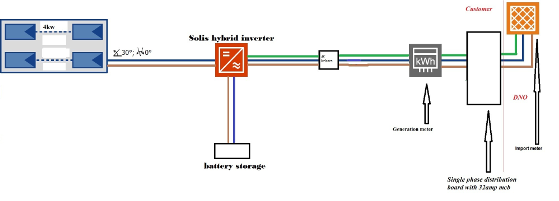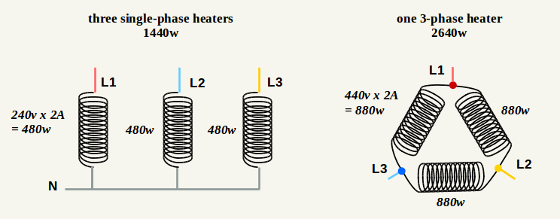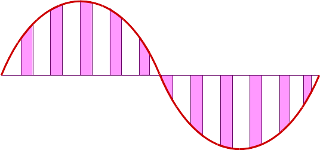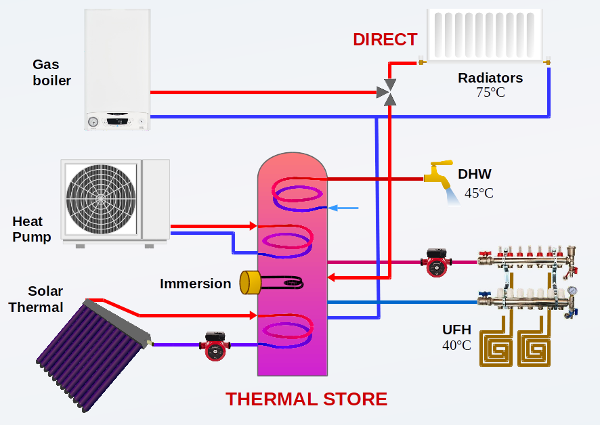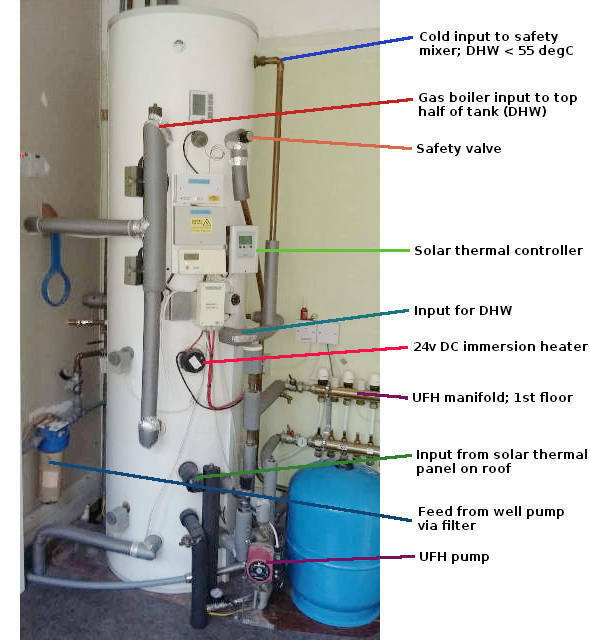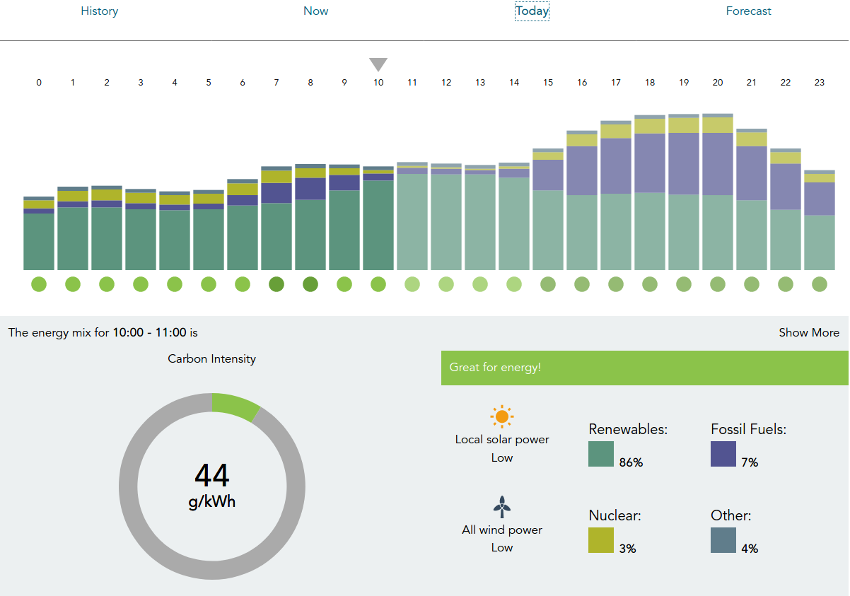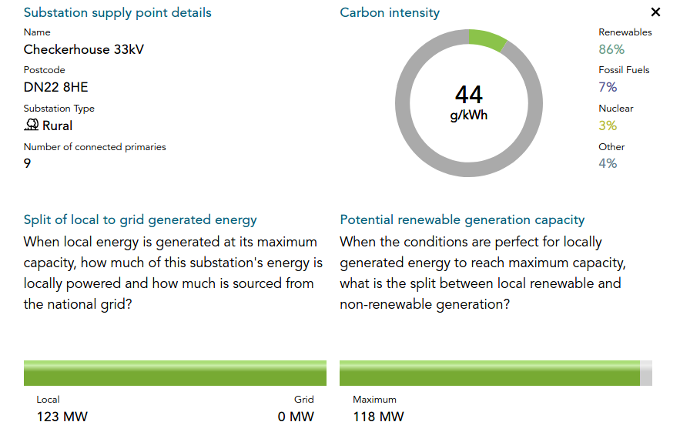Updated on 26/11/25 by Ben_OVO
Hehehe, it helps when you’ve written a guide or two. Here’s one I made earlier! 
And also this very handy user manual which I umm… “Borrowed” from Aclara. It’s hosted on a website called SmartMe, which is a resource we make use of a lot here but it’s run by a group of engineers who are unrelated to any of the forum volunteers here. Feel free to share the links to all of these with basically anyone you wish. I’m sure you’ll know a few people who would definitely be interested in them!
While my understanding of the technical details is somewhat limited, I would still have reason to think that if you’re already on a Three-Phase Supply, you’ll want to go Three-Phase everything to match that. Not least because your Distribution Network Operator will probably thank you for it later.
As for phase vectoring, I can’t find anything specific in the user manual I have access to, but then again it is for the Single-Phase versions and SmartMe doesn’t have the Three-Phase version available. However, my understanding is that the Aclara SGM1433-B should be capable of handling exports anyway so I wouldn’t have thought there’d be any problems as long as everything is installed and wired up correctly.
But I also have a secret weapon or two up my sleeve. May I introduce you to a new friend of ours here. @Lukepeniket_OVO is an Engineer who actually installs Smart Meters on behalf of OVO. If anyone might know this answer, it’s possible he does.
And then there’s also @Transparent who absolutely loves to discuss really technical stuff like solar panels and microgeneration. It’s actually one of his favourite topics on this forum too!









